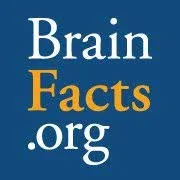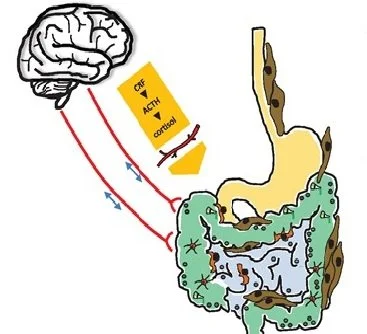Conferences and Journals with Neuroscience Content:
Society for the Quantitative Analysis of Behavior (SQAB)
Society for Neuroscience (SFN journals: JNeurosci, eNeuro)
Organization for Human Brain Mapping (OHBM)
Cognitive Neuroscience Society (CNS)
Autism Tree Project Foundation Annual Neuroscience Conference
Neuroscience Learning Materials:
Interested in Learning More? Explore Training and Education Related to Neuroscience
-
Programs Directory
This tool by the Society for Neuroscience allows you to search for neuroscience training programs by region and program level: https://my.sfn.org/Directories/Neuroscience-Training-Programs. Before applying, contact researchers you’re interested in working with to see if they are looking for students.
-
Important Coursework
Biology Sequence
Chemistry Sequence
Organic Chemistry
Biopsychology/Physiological Psych
Calculus
Statistics
-
Applying to Graduate Schools
1-2 years prior research experience is critical.
Publications demonstrating that experience are a plus.
Letters of recommendation should come from research advisors not professors.
Read papers that interest you and contact the researchers with questions.
Frequently Asked Questions:
-
A wide variety of physiological processes can be measured including heart rate, galvanic skin responses, hormone levels, blood flow and eye movements. This data can be analysed in addition to self-report and behavioral measures in psychology research. The convergence of multiple measures such as these can strengthen the experimental results. For more information refer to the following: Ch. 22 Physiological Measures by Diamond & Otter-Henderson, Pupillometry: Psychology, Physiology and Function by Mathôt.
-
A lot is unknown about the Autistic brain. Overall, research indicates that increased connectivity rather than lesions may be at the root of Autistic neurobiology. MRI studies have found that sensory areas in the brain exhibit more random activity in individuals with Autism than in those without, suggesting a weaker ability to process sensory information. By contrast neural activity in the caudate nucleus exhibited more regular behavior in participants with Autism (Watanabe et al. 2019) which may be connected to inflexible, repetitive behaviors. Autistic brains also have a less developed corpus collosum, the white matter connecting the right and left hemispheres (Alonso 2020). Additionally, the right and left hemispheres are more symmetrical in those with Autism (Max Plank Institute 2019) as they lack the typical languange and hand dominance in the left hemisphere.
-
In normal circumstances, a steady supply of low-level dopamine flows through the nucleus acumbens to the prefrontal contex. This is called the mesolymbic reward system and it facilitates feelings of pleasure, development of long-term memories and guides decision-making. Frequent substance use hijacks this system by flooding it with dopamine. Continued overactivation of the nucleus acumbens progressively weakens its connectivity to the prefrontal cortex. Through the normal learning response, the brain prunes circuitry to preferentially notice and seek the addictive substance. Gradually the substance use moves from being a goal-directed to a habitual behavior (Volkow & Boyle 2018, Uhl et al 2019).









